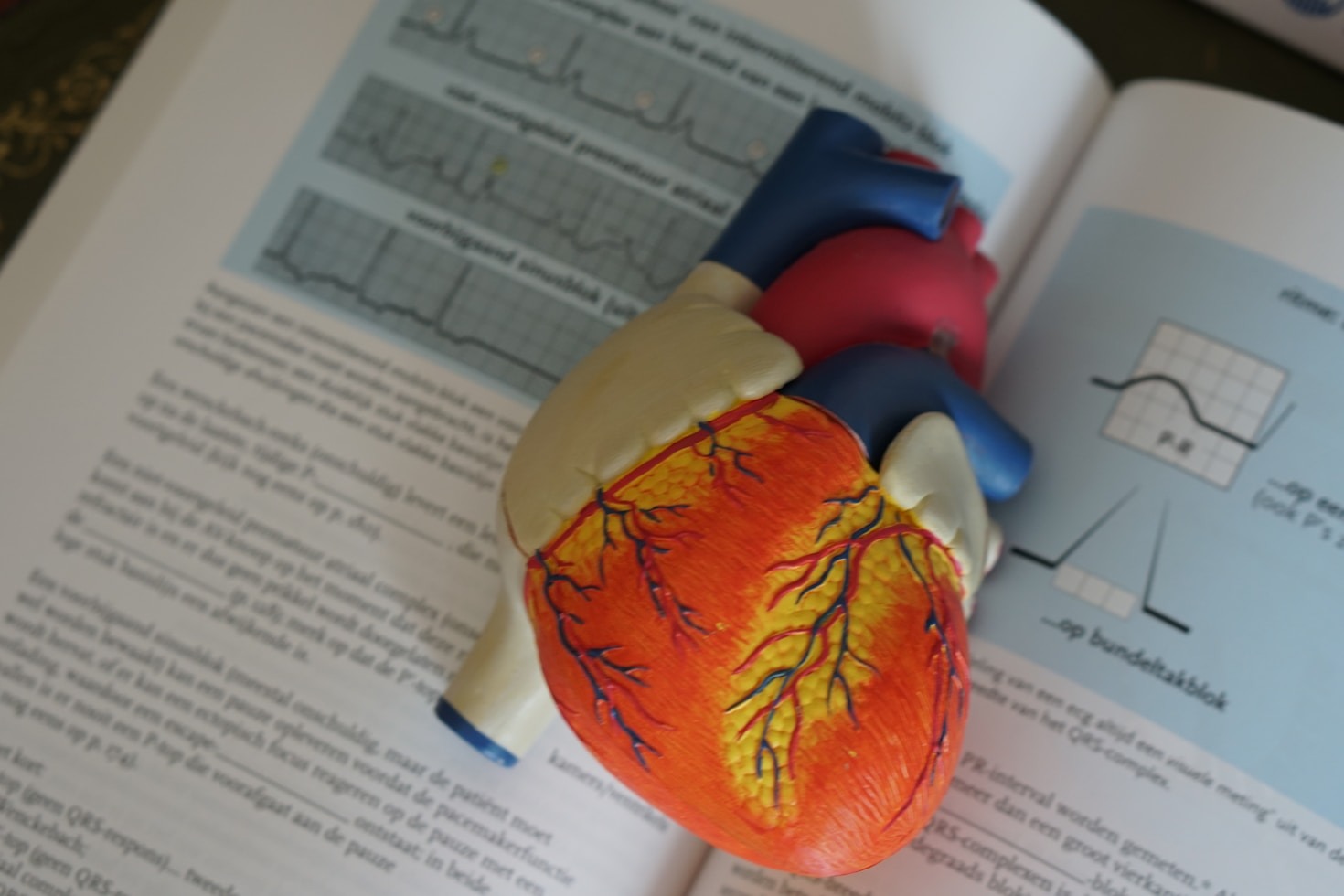The Science of Aging: What We Know
Introduction
Aging is a complex biological process that affects every cell and organ in the human body. While scientists have long sought to understand the mechanisms behind aging, modern research is uncovering new insights into why we age and how we might slow down or even reverse some of its effects.
Aging is influenced by genetics, environmental factors, and lifestyle choices, but recent discoveries suggest that aging is not just an inevitable decline—it’s a process that can be managed, optimized, and possibly extended.
In this article, we explore the science of aging, what we currently know, and how new breakthroughs in research are shaping the future of longevity.
Why Do We Age? Understanding the Biological Causes
Aging is driven by a combination of biological, genetic, and environmental factors. Scientists have identified several key processes that contribute to aging:
1. Cellular Damage and Oxidative Stress
- Over time, cells accumulate damage from free radicals, which are unstable molecules produced by metabolism and environmental toxins.
- This oxidative stress damages DNA, proteins, and cell membranes, leading to aging-related diseases like cancer, heart disease, and neurodegeneration.
2. Telomere Shortening
- Telomeres are protective caps at the ends of chromosomes that shorten each time a cell divides.
- When telomeres become too short, cells stop dividing and enter senescence, contributing to tissue aging.
3. Senescent Cells (Zombie Cells)
- Senescent cells are damaged cells that no longer function properly, but instead of dying, they release inflammatory compounds that harm surrounding tissues.
- These cells accumulate with age and drive conditions like Alzheimer’s, arthritis, and cardiovascular disease.
4. Mitochondrial Dysfunction
- Mitochondria, the powerhouses of the cell, produce energy but also generate oxidative stress as a byproduct.
- Over time, mitochondria become less efficient, leading to fatigue, muscle loss, and reduced organ function.
5. Epigenetic Changes
- Epigenetics refers to changes in gene expression caused by environmental factors, rather than changes in DNA itself.
- Lifestyle choices like diet, exercise, and stress management influence how genes are activated, affecting the aging process.
Theories of Aging: What Scientists Believe
Scientists have proposed several theories to explain why and how aging occurs:
1. The Programmed Aging Theory
- Suggests that aging is a pre-determined biological process controlled by genes, much like growth and development.
- The hormonal and immune systems decline as part of this natural programming.
2. The Damage Accumulation Theory
- Proposes that aging results from a lifetime of cellular damage caused by environmental stress, toxins, and metabolic byproducts.
- Over time, the body loses its ability to repair this damage efficiently.
3. The Inflammation Theory of Aging (Inflammaging)
- Chronic, low-grade inflammation increases with age and contributes to age-related diseases like heart disease, Alzheimer’s, and arthritis.
- Factors like poor diet, stress, and pollution accelerate this process.
4. The Caloric Restriction and Longevity Theory
- Studies show that reducing calorie intake (without malnutrition) extends lifespan in animals by slowing metabolic processes and reducing oxidative stress.
- Intermittent fasting and plant-based diets may provide similar benefits for humans.
Can We Slow Down Aging? Scientific Strategies for Longevity
While aging is inevitable, scientific research has revealed several ways to slow it down:
1. Healthy Diet and Nutrition
✅ Eat antioxidant-rich foods (berries, nuts, leafy greens) to fight oxidative stress.
✅ Increase healthy fats (olive oil, omega-3s) for brain and heart health.
✅ Reduce processed foods, sugar, and excess red meat to lower inflammation.
2. Exercise and Physical Activity
✅ Regular exercise improves muscle strength, cardiovascular health, and brain function.
✅ Strength training helps prevent muscle loss and osteoporosis.
✅ Aerobic exercise (walking, swimming, cycling) supports heart health and metabolism.
3. Sleep and Stress Management
✅ 7-9 hours of quality sleep is essential for cellular repair and brain function.
✅ Meditation, yoga, and deep breathing reduce stress and lower cortisol levels.
✅ Managing stress helps prevent inflammation-related aging.
4. Hormone and Metabolic Balance
✅ Balanced hormone levels (testosterone, estrogen, thyroid hormones) are key to maintaining youthful energy and muscle mass.
✅ Intermittent fasting and metabolic flexibility improve insulin sensitivity and cellular function.
5. Cutting-Edge Longevity Research and Therapies
🔬 Senolytics – Drugs that remove senescent (zombie) cells, improving tissue health and longevity.
🔬 Gene Therapy – Scientists are exploring ways to reverse aging at the genetic level.
🔬 Stem Cell Therapy – May regenerate tissues and repair damaged organs.
🔬 NAD+ and Anti-Aging Supplements – Compounds like resveratrol, NMN, and metformin are being studied for their anti-aging effects.
The Future of Aging Science: What’s Next?
Scientists are exploring groundbreaking treatments that could extend human lifespan and improve quality of life:
🚀 Artificial Intelligence and Longevity Research – AI is being used to analyze genetic data and predict ways to extend lifespan.
🚀 CRISPR Gene Editing – May allow scientists to repair damaged genes and slow the aging process.
🚀 Regenerative Medicine – Advances in stem cell therapy and organ regeneration could make age-related disease a thing of the past.
The future of aging science holds exciting possibilities, and while we may not achieve immortality, slowing down aging and improving longevity is becoming a reality.
Conclusion
The science of aging is rapidly evolving, revealing that lifestyle, genetics, and medical advancements all play a role in how we age. While we cannot stop aging entirely, we can influence how we age through nutrition, exercise, stress management, and cutting-edge research.
With continued scientific breakthroughs, the dream of living longer, healthier, and more vibrant lives is closer than ever.




Leave a Reply